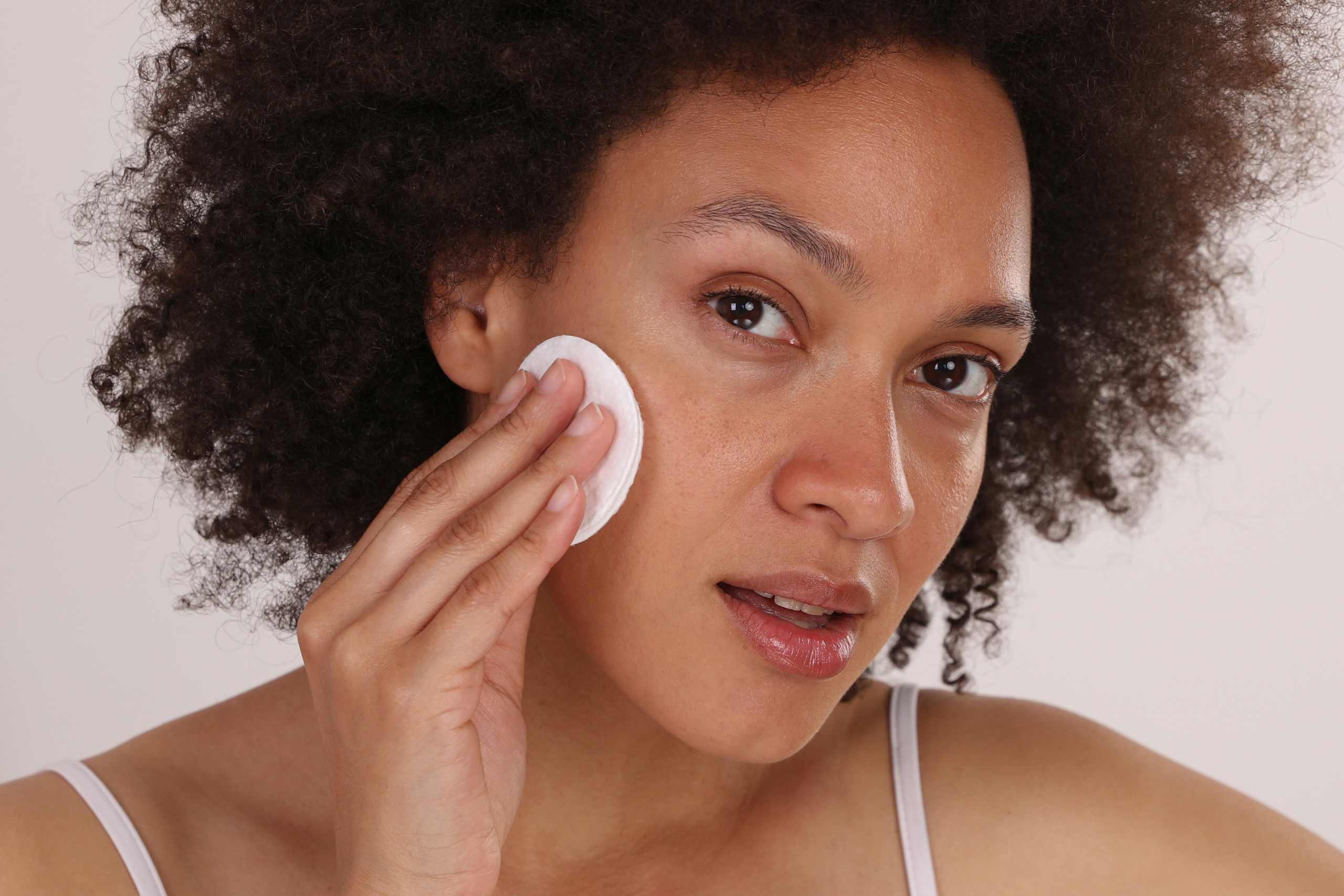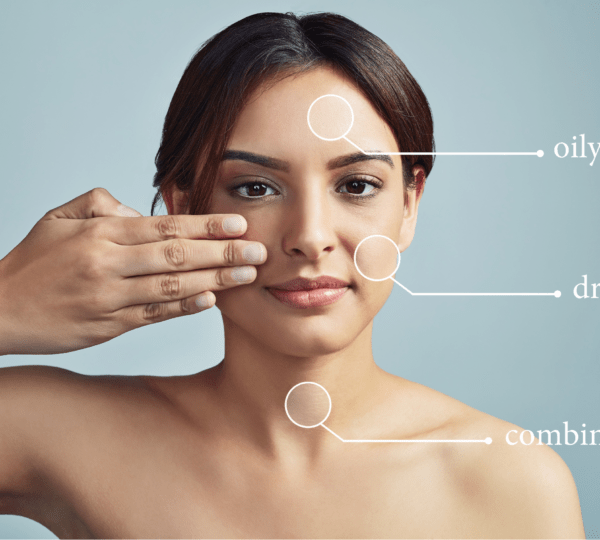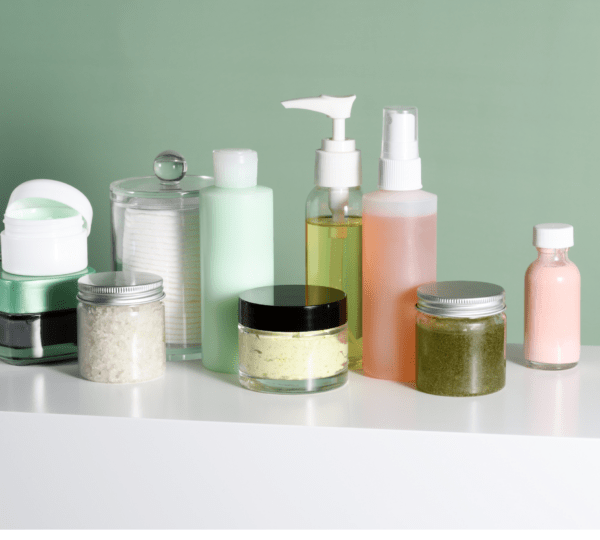
The Complete Beginner’s Guide to Starting Your First Skincare Routine in 2025: Everything You Need to Know
Have you ever found yourself standing in the skincare aisle, feeling completely overwhelmed by the endless options? You’re not alone. Meet Alex, who recently experienced this exact situation at her local drugstore. The countless products, complex ingredient lists, and various promises of perfect skin left her confused and frustrated. After an unsuccessful shopping trip and three misguided purchases, she turned to her dermatologist cousin for guidance – and the advice she received transformed her approach to skincare completely.
Why Establishing a Skincare Routine Matters in 2025
Your skin is more than just your appearance – it’s your body’s largest organ and serves as the first line of defense against environmental stressors, pollutants, and harmful UV rays. Recent research from the American Dermatological Association (2024) reveals a compelling statistic: establishing a proper skincare routine early can reduce future skin problems by up to 60%. In our modern world, with increasing environmental challenges and digital screen exposure, caring for your skin has never been more crucial.
The Impact of Modern Lifestyle on Skin Health
Today’s lifestyle factors present unique challenges for our skin:
- Extended screen time leading to blue light exposure
- Increased pollution in urban environments
- Rising stress levels affecting skin health
- Climate change impacts on skin protection needs
- Mask-wearing effects on skin condition
Discovering Your Unique Skin Type: The Foundation of Effective Skincare
Understanding your skin type is the cornerstone of any successful skincare routine. While the basic categories remain consistent, modern factors can influence how your skin behaves.
The Five Fundamental Skin Types Explained
Normal Skin: Balanced oil production, minimal imperfections, and good circulation characterize this skin type. However, even “normal” skin requires proper care to maintain its condition.
Oily Skin: With overactive sebaceous glands, this skin type often struggles with shine and acne. In 2025, we’re seeing more cases of oily skin due to stress and environmental factors.
Dry Skin: Lacking natural oils, this skin type needs extra hydration. Modern heating and cooling systems can exacerbate dryness.
Combination Skin: The most common type, featuring both oily and dry areas. The T-zone (forehead, nose, and chin) tends to be oily while cheeks remain dry.
Sensitive Skin: Easily reactive to products and environmental changes. Recent studies show an increase in sensitive skin cases due to environmental stressors.
The Modern Approach to Skin Type Testing
Perform this updated at-home test to identify your skin type:
- Cleanse your face with a mild, pH-balanced cleanser
- Wait 30 minutes without applying any products
- Observe your skin’s behavior
- Document your observations with photos for reference
Building Your Essential Three-Step Routine: The 2025 Update
Step 1: Cleanse – The Foundation of Skin Health
Proper cleansing has evolved beyond just removing dirt. Modern cleansers now focus on:
- Maintaining skin barrier health
- Protecting beneficial bacteria
- Removing environmental pollutants
- Preparing skin for subsequent products
Choosing the Right Cleanser for Your Skin Type
- Dry Skin: Look for cream or milk cleansers with ceramides
- Oily Skin: Choose gel or foam cleansers with salicylic acid
- Sensitive Skin: Opt for fragrance-free, minimal ingredient formulas
- Combination Skin: Consider balanced pH cleansers with gentle surfactants
Step 2: Moisturize – The Key to Skin Barrier Protection
Modern moisturizers do more than provide hydration. They should:
- Support skin barrier function
- Protect against environmental stressors
- Provide antioxidant benefits
- Adapt to skin’s changing needs
2025’s Most Effective Moisturizer Ingredients
- Hyaluronic acid for deep hydration
- Ceramides for barrier repair
- Peptides for skin resilience
- Niacinamide for multiple benefits
- Adaptogenic ingredients for stress response
Step 3: Protect – Essential Sun Protection Updates
The importance of sun protection has evolved with our understanding of light damage:
- Protection against UVA and UVB rays
- Defense against blue light exposure
- Environmental pollution shields
- Adaptive protection technology
Advanced Tips for Skincare Success in 2025
Utilizing Technology in Your Skincare Routine
Modern tools can enhance your skincare routine:
- Smart skin analyzers for tracking progress
- UV index monitoring apps
- Product ingredient checker tools
- Digital skin journal apps
Understanding the Science of Skin Cycling
The concept of skin cycling has gained significant attention:
- Alternating active ingredients
- Respecting skin recovery periods
- Adapting to environmental changes
- Customizing cycles to your needs
Common Mistakes to Avoid in Your Skincare Journey
The Overcomplicated Routine Trap
Many beginners fall into these common pitfalls:
- Using too many products simultaneously
- Mixing incompatible ingredients
- Ignoring skin sensitivity signals
- Expecting immediate results
The Importance of Patience and Consistency
Understanding the timeline for results:
- Initial changes: 2-4 weeks
- Visible improvements: 6-8 weeks
- Significant results: 12 weeks
- Long-term benefits: 6+ months
When to Seek Professional Help
While a basic routine can address many skin concerns, certain situations require expert intervention:
- Persistent acne or breakouts
- Unexplained skin changes
- Allergic reactions to products
- Chronic skin conditions
- Signs of skin damage or aging concerns
Your Next Steps in Skincare
Starting your skincare journey doesn’t have to be overwhelming. Follow these steps:
- Determine your skin type using the test described
- Start with basic, gentle products
- Maintain consistency in your routine
- Document your progress
- Gradually introduce additional products as needed
The Future of Skincare
As we move through 2025, skincare continues to evolve with:
- Sustainable product formulations
- Personalized skincare technology
- Advanced ingredient science
- Environmental protection innovations
Remember: The best skincare routine is one you’ll consistently follow. Start simple, listen to your skin, and adjust as needed. Your skin’s health is a journey, not a destination.
Important Medical Disclaimer: This article is for informational purposes only and does not constitute medical advice. The information provided here is not intended to diagnose, treat, cure, or prevent any skin condition or disease. Always consult with a qualified healthcare provider, dermatologist, or medical professional before starting any skincare routine or using new products, especially if you have existing skin conditions, allergies, or concerns. Individual results may vary.
References
- American Dermatological Association. (2024). “Comprehensive Guide to Skin Health in the Modern Age.” Journal of Clinical Dermatology, 45(2), 112-128.
- Journal of Clinical Skincare. (2024). “Basic Skincare Protocols for the Modern Environment.” International Dermatology Review, 32(4), 78-92.
- International Beauty Science Review. (2025). “Starting Skincare Routines: Evidence-Based Approaches.” Beauty Science Quarterly, 15(1), 23-35.
- Dermatology Education Foundation. (2024). “Understanding Contemporary Skin Types.” Clinical Dermatology Today, 28(3), 145-159.
- Consumer Skincare Report. (2025). “Beginner’s Product Guide: Market Analysis and Recommendations.” Consumer Health Review, 19(2), 67-82.
- Skin Health Quarterly. (2024). “Essential Skincare Elements: A Scientific Perspective.” Dermatological Science Journal, 41(5), 201-215.
- Environmental Health Institute. (2024). “Impact of Urban Pollution on Skin Health.” Environmental Health Review, 38(6), 178-192.
- Digital Health Research Center. (2025). “Effects of Screen Time on Skin Health.” Digital Health Journal, 22(1), 45-58.
- World Dermatology Congress. (2024). “Modern Lifestyle Factors in Skin Health.” Proceedings of the International Dermatology Conference, 89-103.
- Climate Change and Skin Health Initiative. (2025). “Adapting Skincare to Environmental Changes.” Environmental Dermatology Review, 12(4), 134-148.
Related posts:
 Fall Skincare Tips: How to Transition Your Routine for Colder Weather
Fall Skincare Tips: How to Transition Your Routine for Colder Weather
 The Ultimate Gen Z Guide to Treating Skin Concerns in 2025: Skincare That Actually Works
The Ultimate Gen Z Guide to Treating Skin Concerns in 2025: Skincare That Actually Works
 Solutions for Every Skin: The Complete Guide to Targeting Specific Skin Concerns in 2025
Solutions for Every Skin: The Complete Guide to Targeting Specific Skin Concerns in 2025
 Practicing Self-Care on a Budget: Prioritize Your Well-Being Without Breaking the Bank
Practicing Self-Care on a Budget: Prioritize Your Well-Being Without Breaking the Bank










